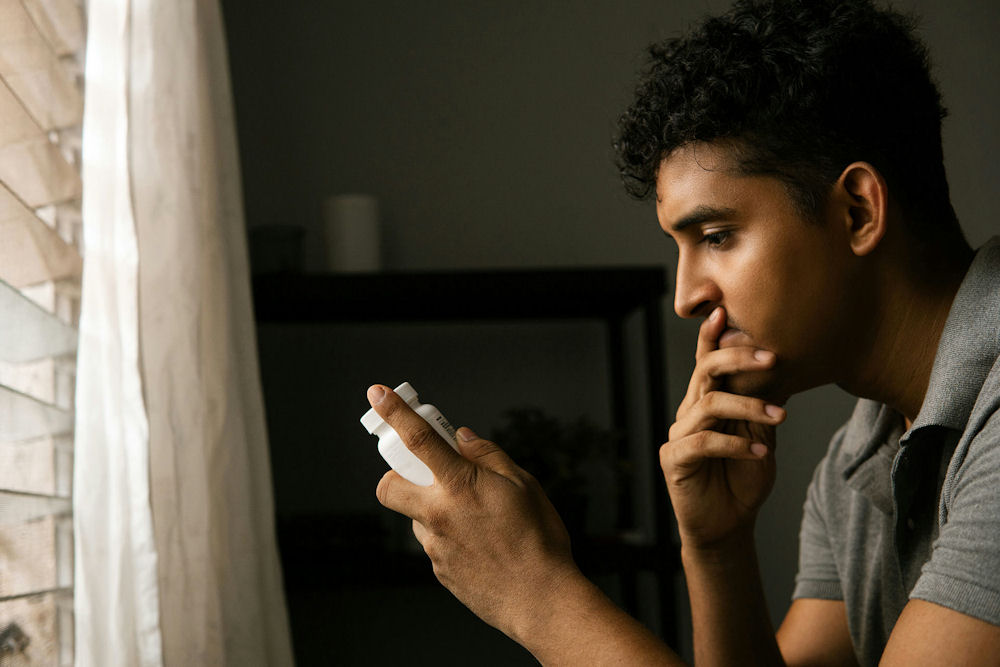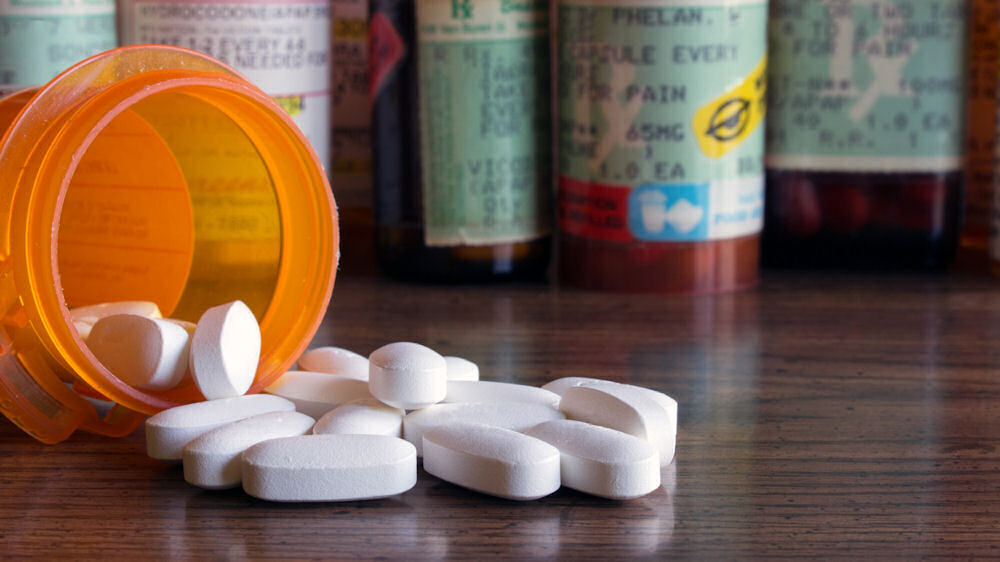Opioid Rehab Center in Orange County, California
Opioid rehabilitation centers in Orange County play a crucial role in combating this crisis. They offer comprehensive treatment programs, including medication-assisted treatment (MAT), counseling, and support services. These centers focus on holistic care, addressing the physical, psychological, and social aspects of opioid dependence. Their goal is to reduce the impact of this ongoing epidemic on the community.

While prescription opioids can be legal and generally safe when used as directed, they carry the risk of misuse, dependence, and addiction for some individuals. In addition to prescription drugs, illicit opioids like heroin are also prevalent and known for their high addiction potential. Both prescription and illegal opioids can produce pleasurable sensations, such as relaxation or euphoria, leading to repeated use. This can result in opioid use disorder, a serious condition that often requires professional treatment and rehabilitation programs to address the physical and psychological aspects of addiction.
What is the History of Opioids?
In ancient Greece and Rome, figures like Hippocrates and Galen documented opium’s therapeutic effects. Opium’s significance grew in Asian traditional medicine, particularly in India and China, where opium smoking in the 17th century led to social and economic issues due to addiction.
In the 19th century, Friedrich Sertürner isolated morphine from opium, creating a powerful painkiller, but its addictive nature quickly became apparent. The British Empire’s opium trade with China resulted in the Opium Wars, underscoring the drug’s global impact. Later, synthetic opioids like heroin, oxycodone, and fentanyl were developed for improved pain management but soon showed high addiction potential.
Today, while opioids are essential for pain relief, they also contribute to a global crisis of addiction and overdose deaths, leading to stricter prescription regulations, increased access to addiction treatment, and public health campaigns to mitigate opioid risks.
Opioids vs Opiates: What is the Difference?
Opiates are naturally occurring alkaloids derived directly from the resin of the opium poppy plant, Papaver somniferum. They are substances found in nature that have been used for centuries to treat pain.
- Morphine: Extracted directly from the opium poppy, morphine is one of the most effective and widely used opiates for managing severe pain.
- Codeine: Also derived from the opium poppy, codeine is commonly used to treat mild to moderate pain and as a cough suppressant. It is often found in combination with other medications, like acetaminophen.
Opiates are known for their pain-relieving properties, which work by binding to specific receptors in the brain and nervous system to reduce the perception of pain. They can also produce feelings of euphoria, which contributes to their potential for misuse and addiction.
The term “opioids” encompasses a broader category that includes not only natural opiates but also synthetic and semi-synthetic substances designed to mimic the pain-relieving properties of natural opiates. Opioids interact with the same receptors in the brain as opiates, but they are created through chemical synthesis.
- Oxycodone: A semi-synthetic opioid synthesized from thebaine, another chemical component of the opium poppy. It is typically recommended for managing moderate to severe pain.
- Hydrocodone: Another semi-synthetic opioid, hydrocodone is often used in combination with acetaminophen for pain relief and as a cough suppressant.
- Fentanyl: A fully synthetic opioid, fentanyl is extremely potent and is used primarily in hospitals for severe pain management and anesthesia. Due to its potency, it is also associated with a high risk of overdose and death, especially when used illicitly.
Opioids, including synthetic and semi-synthetic varieties, are developed to target the brain’s pain receptors more effectively, providing powerful relief for chronic and acute pain conditions. However, the increased potency of synthetic opioids like fentanyl also heightens the risk of addiction and overdose.


What are the Signs and Symptoms of Opioid Symptoms?
- Anxiety: Feeling nervous or restless.
- Agitation: Experiencing heightened irritability and discomfort.
- Muscle Aches: General body pain or discomfort.
- Increased Tear Production: Watery eyes due to irritation.
- Runny Nose: Symptoms similar to a cold.
- Sweating: Excessive perspiration, often with chills.
- Yawning: Frequent yawning, often uncontrollable.
- Abdominal Cramping: Intense stomach pain and discomfort.
- Diarrhea: Loose or frequent bowel movements.
- Dilated Pupils: Enlarged pupils sensitive to light.
- Goosebumps: Raised skin, often accompanied by chills.
- Nausea and Vomiting: Feeling sick and possibly vomiting.
- Rapid Heartbeat: Increased pulse rate and palpitations.
- High Blood Pressure: Elevated blood pressure readings.
- Depression: Feeling hopeless or experiencing mood swings.
- Insomnia: Difficulty falling or staying asleep.
- Cravings: Intense desire to use opioids again.
These symptoms can start hours after the last dose and usually peak within 72 hours. However, severe nausea, vomiting, or diarrhea can lead to complications like dehydration. Opioid rehab provides support to manage withdrawal, which, while significantly uncomfortable, is rarely life-threatening.
Why are Opioid Addiction Treatment Options Necessary?
Opioids cause physical dependence, leading to withdrawal symptoms when stopped, and psychological addiction, marked by cravings and compulsive use. Treatment is essential to address both aspects, helping individuals reduce relapse risk and regain control over their lives.
Opioid addiction increases overdose risk, potentially leading to death. Treatment includes education on overdose prevention and access to naloxone. It also mitigates health issues like liver damage and cardiovascular problems by promoting healthier lifestyles.
Opioid addiction often causes individuals to lose jobs and experience relationship strain. Treatment helps individuals regain stability, improve their economic situation, and rebuild relationships. Integrated mental health support enhances overall well-being.
Opioid addiction is linked to illegal activities. Treatment addresses addiction’s root causes, reduces criminal behavior, and helps individuals adopt healthier coping mechanisms.
Opioid addiction burdens communities and public health systems. Effective treatment programs reduce societal impacts, promote safer communities, and alleviate public resource strain.
Combining medication-assisted treatment with counseling is effective for opioid addiction. Personalized programs cater to individual needs, addressing co-occurring disorders and personal circumstances for holistic care.
What Therapy Programs Support Opioid Addiction and Dual Diagnosis?
- MAT combines FDA-approved medications with therapy to reduce withdrawal symptoms, curb cravings, and normalize brain chemistry.
- CBT and DBT provide valuable tools for improving mental health, but they are tailored to different needs and situations.
- Programs like NA offer peer support and a structured recovery approach, complementing formal treatment with community backing.
- Family therapy involving relatives in treatment, addressing dynamics and improving support systems and communication.
- Aftercare Planning involves ongoing support and strategies to help individuals maintain sobriety and prevent relapse.
Combining these therapies with support from an opioid rehab center and community resources can greatly enhance the chances of a successful recovery from opioid addiction, especially for individuals with dual diagnoses.
Opioid Addiction Treatment in Orange County, California
- Luxury Detox Center: Safe and supervised withdrawal management.
- Residential Programs: Structured, immersive treatment in a supportive environment.
- Dual Diagnosis Programs: Integrated care for co-occurring mental health and substance use disorders.
- Therapy Programs: Individual, group, and family therapy to address emotional and psychological needs.
We aim to empower individuals with the tools and support needed for a healthier, addiction-free life. Contact us today!

